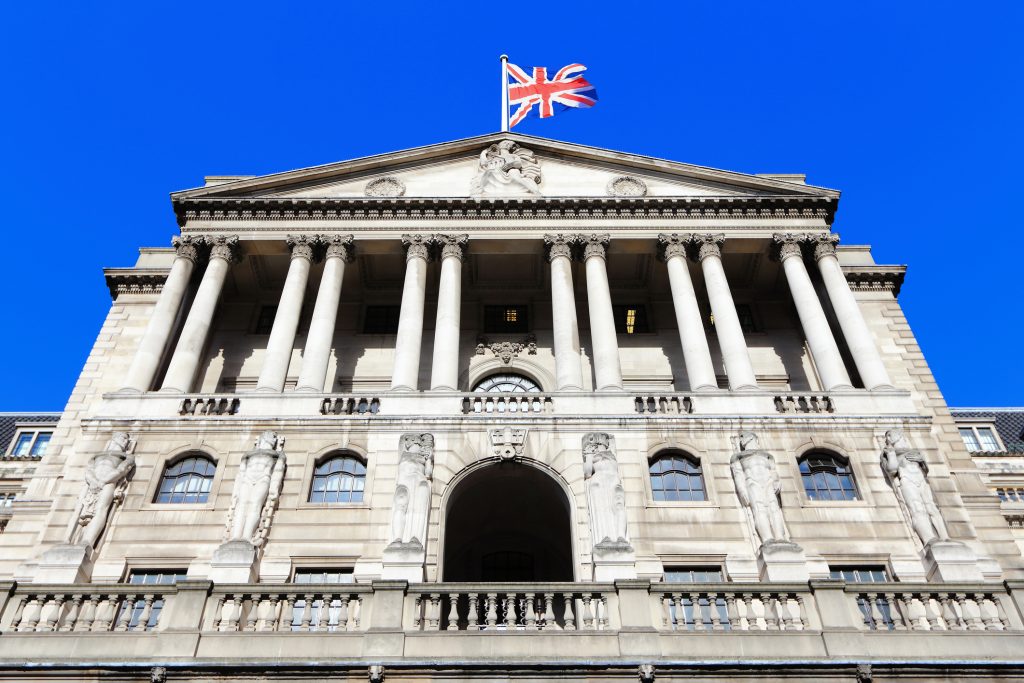“While there may be a suitable chance to utilize negative rates, that time isn’t at the present time,” Ramsden said at the yearly gathering of England’s General public of Expert Market analysts, including that advantage buys were a superior method to help interest.
Financial analysts surveyed by Reuters anticipate that the BoE should grow its advantage buy program by 100 billion pounds ($131 billion) one month from now to 845 billion pounds, however don’t anticipate that it should cut rates under zero this year or next.
In August, BoE Lead representative Andrew Bailey said the national bank was looking all the more carefully at negative loan costs – a device utilized by the European National Bank and Bank of Japan – however said no choice had been taken about whether it was suitable.
While two outside individuals from the BoE’s Financial Arrangement Board of trustees, Silvana Tenreyro and Gertjan Vlieghe, have spoken decidedly about cutting rates under zero, Ramsden and BoE Boss Business analyst Andy Haldane have both communicated questions.
“There can be thump on monetary impacts through the financial framework. These impacts could lessen or even neutralize the upgrade from negative rates,” Ramsden said.
Negative rates could decrease banks’ motivation to loan, or not be given to borrowers.
Ramsden said his perspectives were not unchangeable, and that negative rates could be more appealing when there was less tension on banks’ accounting reports.
However, the structure of England’s financial framework was not the same as the euro zone, so sure proof there couldn’t be legitimately applied in the English setting, he included.
Ramsden said he was additionally stressed over developing indications of higher joblessness, particularly for more youthful individuals, and of long haul harm to the economy from the Covid pandemic.
“There is a genuine danger of a more relentless time of higher joblessness, and the ongoing quality in salary development probably won’t be continued,” he said.
“The negative effect on the flexibly side of the economy, or level of scarring, might be more noteworthy than the 1.5% we have accepted to date.”
